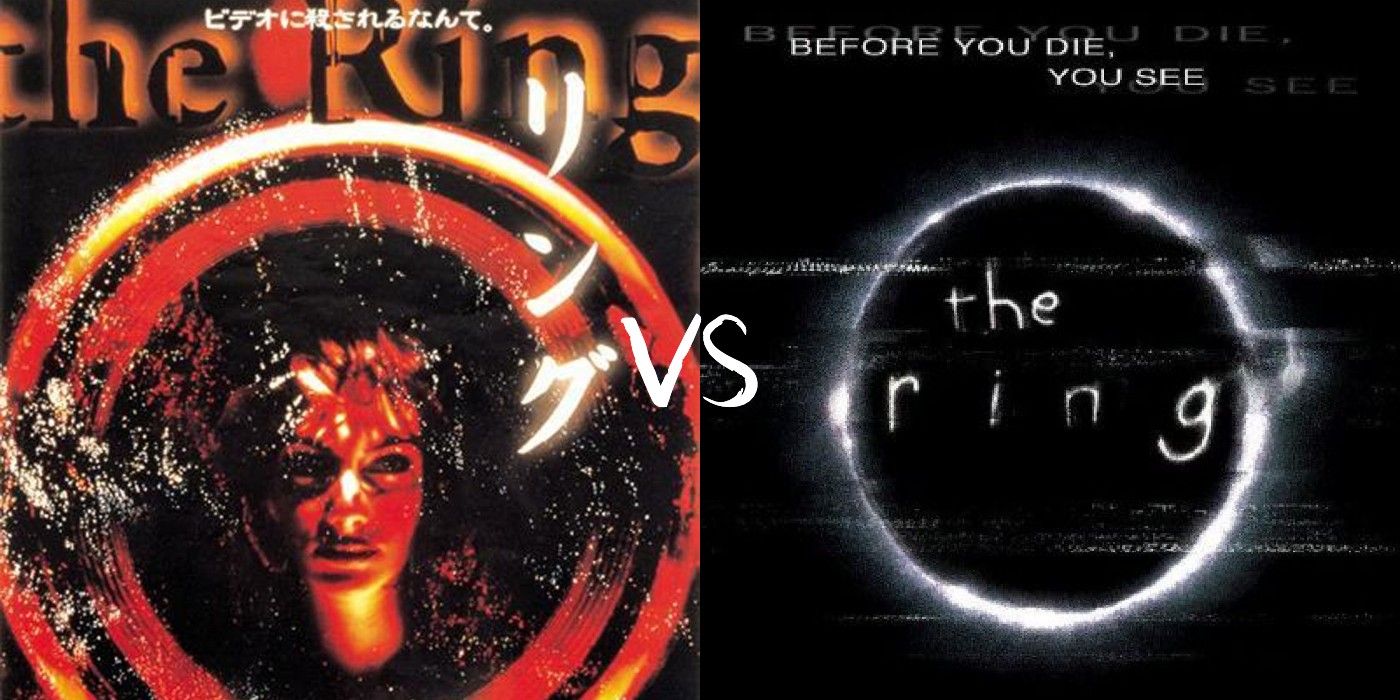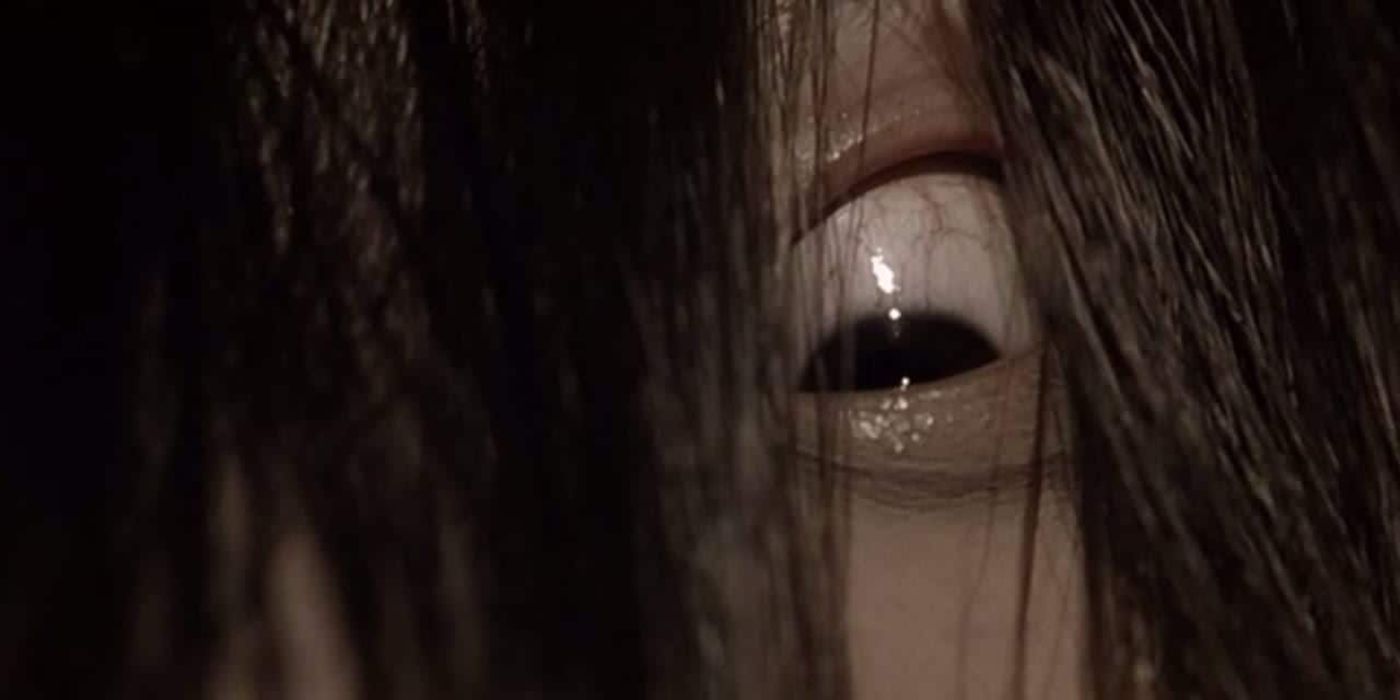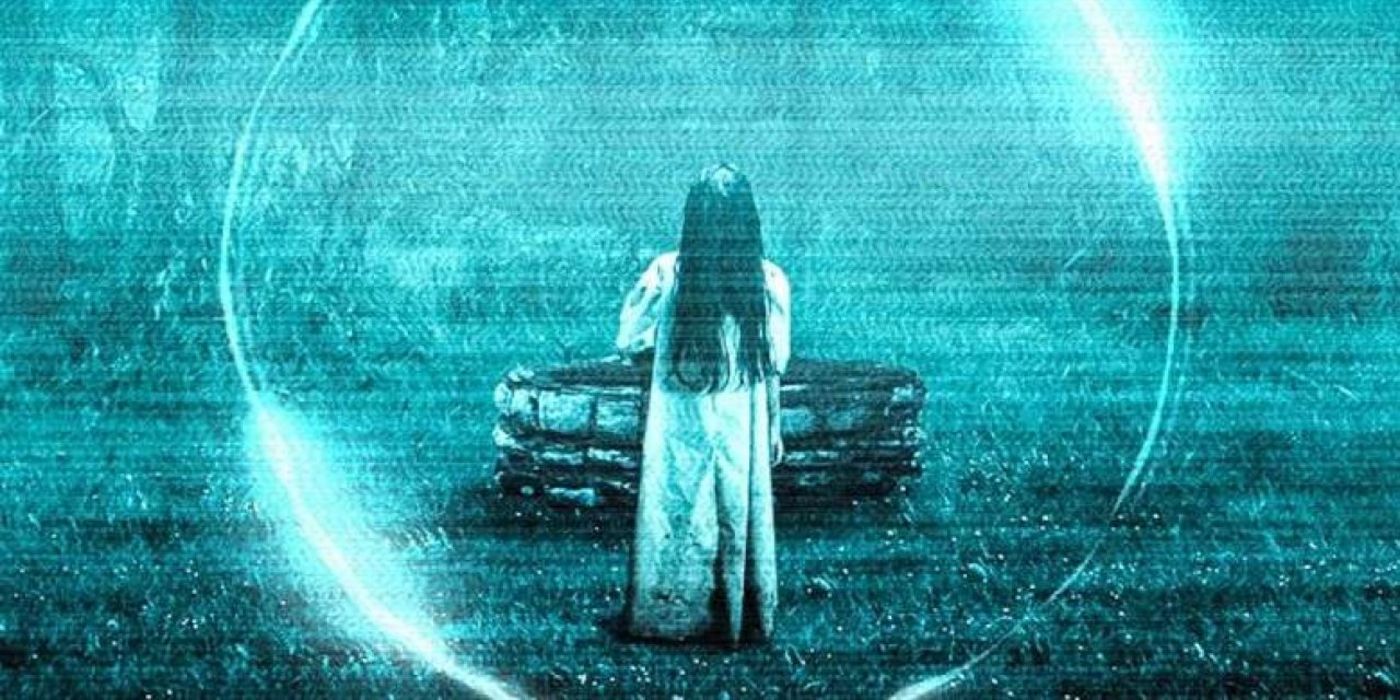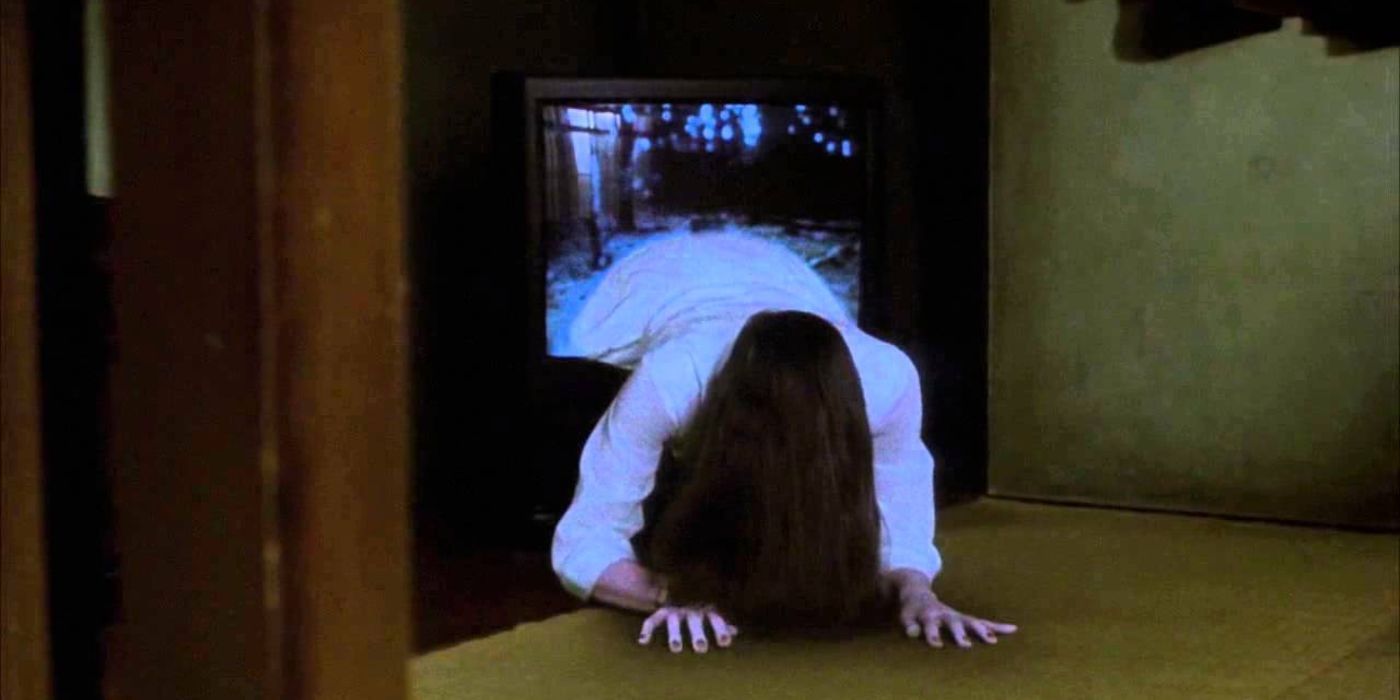
The 2002 film The Ring—directed by Gore Verbinski—was a highly successful horror film of the early 2000s, based on a 1998 Japanese film Ring or Ringu—however, the American remake chose to cut a lot from the original movie. Despite these changes, the resulting success of The Ring spurred a series of English remakes of Asian horror films including The Grudge, Dark Water, Shutter, and others.
In both the original Japanese film and the American remake, the story of The Ring follows an investigative journalist looking into the mysterious deaths of several high school students who each passed away seven days after watching a cursed video tape. When she ends up watching the tape herself and starts being haunted by ghostly images of a girl, the race is on to figure out how to lift the curse before her seven days are up.
Despite both films following a nearly identical premise and series of events, there are some big changes made in remaking Ringu for American audiences. Notably, character motivations are changed and a lot of the weirder aspects of the story including psychic activity and nightmares are cut from the remake, but why did Gore Verbinski decide to make those changes?

In both The Ring and Ringu, an investigative journalist’s niece passes away under mysterious circumstances. In The Ring, the journalist is Rachel, played by Naomi Watts. When she discovers other teenagers passed away on the same night and the rest of the school children are passing around a rumor about a cursed video tape, the journalist goes out in search of the tape.
Both films follow an almost identical storyline, but there are some notable differences outside of the basic premise. In the original Japanese film, the investigative reporter enlists her ex-husband—a college professor—for help figuring out the origin of the tape, while in the American remake, Rachel enlists her ex-boyfriend, Noah, who is a photographer. In both, the man enlisted for help is the child’s father; he watches the tape before the son eventually watches as well. In the American version, when Rachel asks her son why he watched the tape, he simply says he couldn’t sleep. In the original Japanese version, the son tells his mother that the ghost of his cousin told him to.
Ringu focuses much more heavily on hauntings, unraveling a multi-layered mystery and psychic phenomena. In the Japanese film, the journalist, Asukawa, and her ex-husband, Takayama, discover a hidden message on the video tape as they re-watch it searching for clues—"frolic in brine, goblins be thine". They eventually find out this message is in a dialect from Izu Ōshima Island. When the two travel out to the island, they learn the history of Shizuko Yamamura, a local woman known for her psychic powers, and a doctor, ESP researcher Dr. Heihachiro Ikuma.
In The Ring, Rachel finds Anna Morgan by simply searching old microfiche pages for images similar to those shown on the tape. She presumably gets lucky and finds a story about Anna’s death—a suicide committed after all of her prize-winning horses drowned themselves. Rachel then travels out to the island and starts asking after Anna, discovering that she had an adopted daughter with strange psychic powers after she talks to the island’s only doctor.

The plot of Ringu is much more complex. As Takayama and Asukawa travel out to stay at Izu Ōshima Island, they find an inn run by Takashi, Shizuko's brother. Takayama confronts Takashi, telling him that he has psychic powers of his own, and he knows the old man exposed Shizuko to the media, hoping to make money off her. Through psychic visions, Takayama and Asukawa learn that Dr. Ikuma held a demonstration of Shizuko's psychic abilities, during which a journalist denounced her as a fraud and was psychokinetically killed by Shizuko's daughter, Sadako. Shortly thereafter, a series of slanderous reports drove Shizuko to commit suicide. Dr. Ikuma was fired by his university and disappeared with Sadako.
It’s then revealed through psychic visions from Takayama and Asukawa that Sadako is actually the illegitimate child of Dr. Ikuma, a married man with a family of his own, and his patient, Shizuko. After the doctor disappeared with Sadako following the reporter’s death, he flung the girl down a well where she died after seven days.
In The Ring, all of this is shortened to several conversations uncovering the story of Samara and a very simplified plot. The same basic result is revealed, but it loses a lot of the nuance present in the Japanese version in which Sadako is the daughter of a psychic who is then murdered by her father to keep her presence a secret. It removes the psychic powers, visions, and the lineage of Shizuko’s brother, opting instead for the story of a mother who kills her adopted daughter because she drove her parents mad with her psychic powers.
While it does follow a very similar storyline, the American remake cuts out about half of the film’s twists and turns, producing a very straight-forward story of a haunting, which, while good, loses a lot of what made the original Japanese version great to begin with.

When interviewed about his work on The Ring, Verbinski said that he was initially inspired to do a remake of Ringu after Walter F. Parkes sent him a VHS copy of the original Japanese film, which he described as "intriguing", "pulp" and "avant-garde". He also said that, while the wave of criticism from fans of the original film was inevitable, he had originally intended that The Ring be a faithful adaptation that fans of the original could still enjoy. So, why cut so much of the nuance away?
The most likely explanation for the big changes in the plot is the Americanization of the film. Many American horror films—at least from the early 2000s era remakes—were designed to be highly palatable to the largest possible audience, featuring straightforward plots, solid scares, and simplicity. Japanese horror films, on the other hand, are not designed this way; they often feature a lot of supernatural elements and nightmarish, dream-like sequences. During this time period, many production companies and directors didn’t want to include these elements in American films because they felt audiences would not accept them. While this is clearly not the case in terms of what horror fans enjoy and appreciate, it was the prevailing theory at the time.
Despite the fact that The Ring is clearly a much more simplistic, lackluster Americanization of the original Japanese film, it’s also not a bad movie by any stretch of the imagination. It’s a great movie for what it is, and still offers one of the most faithful adaptations of an Asian horror movie to date.
from ScreenRant - Feed https://ift.tt/2ZuAlWi


0 Comments